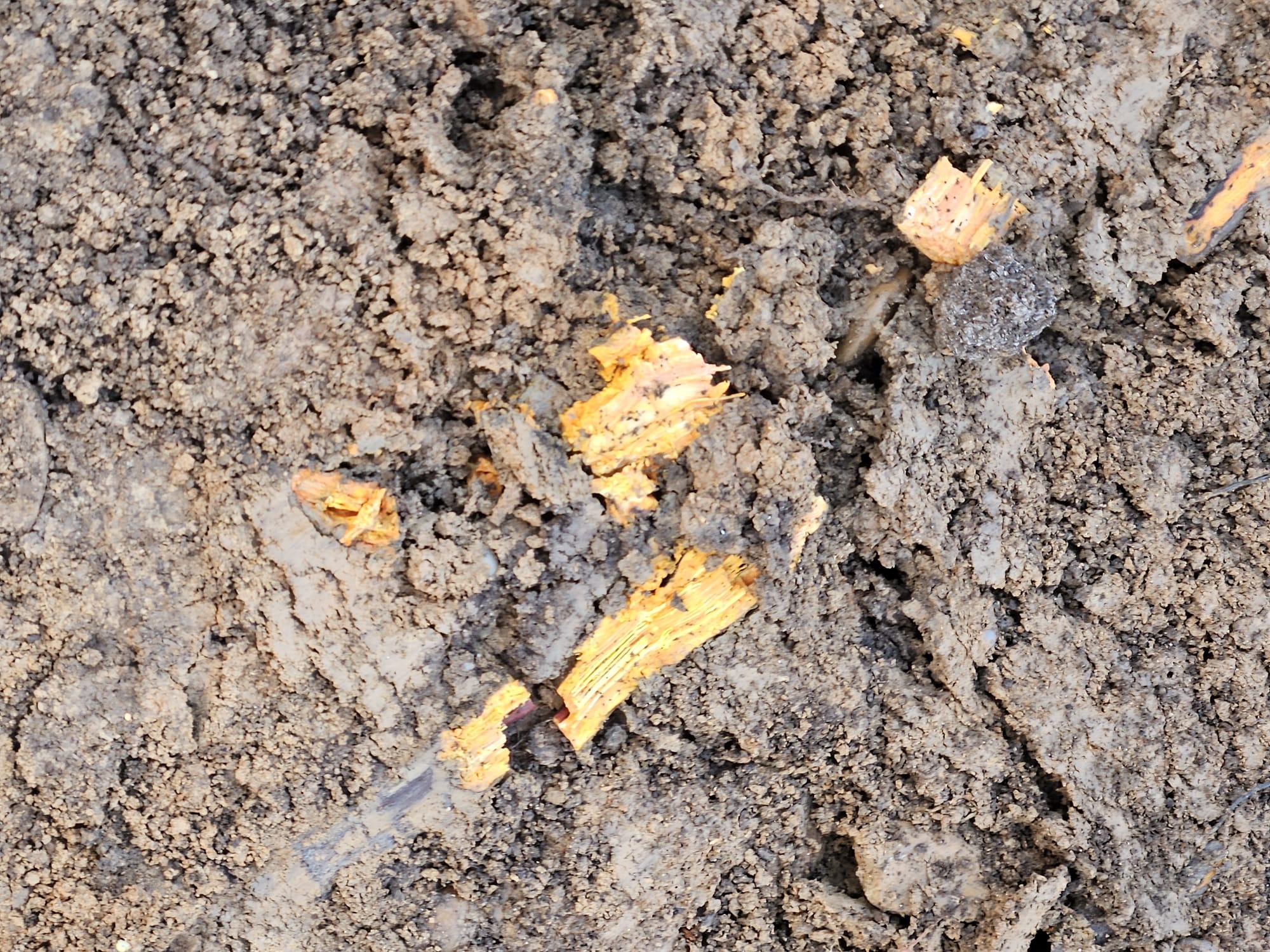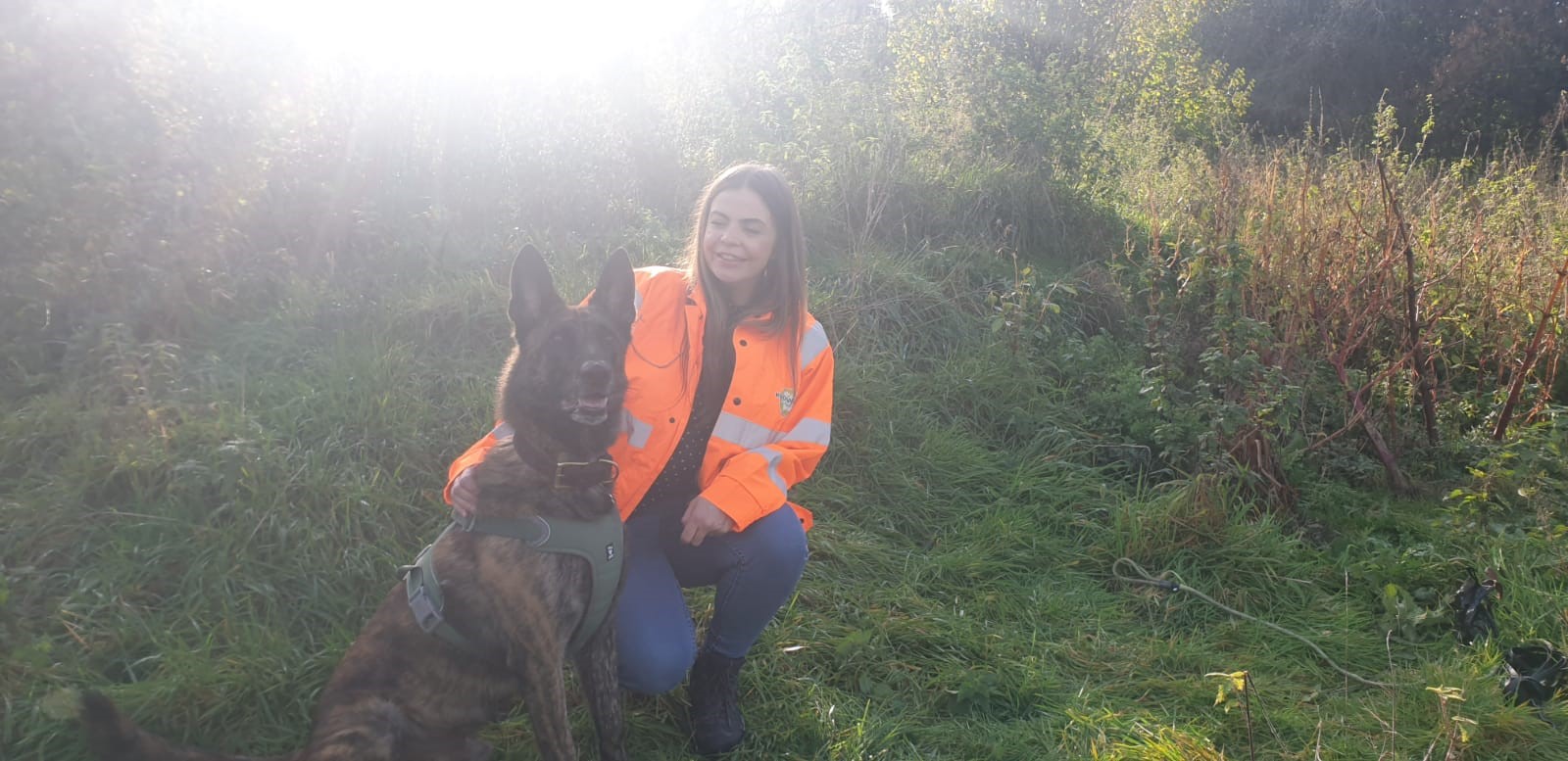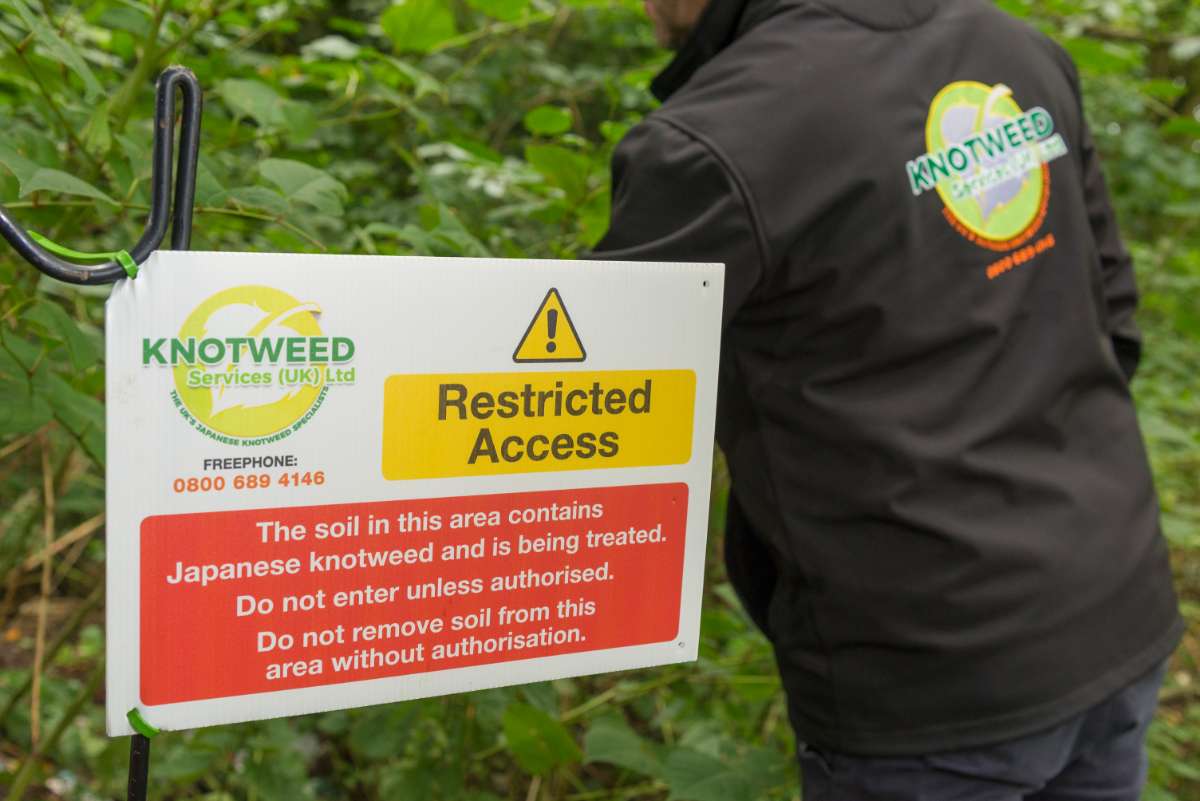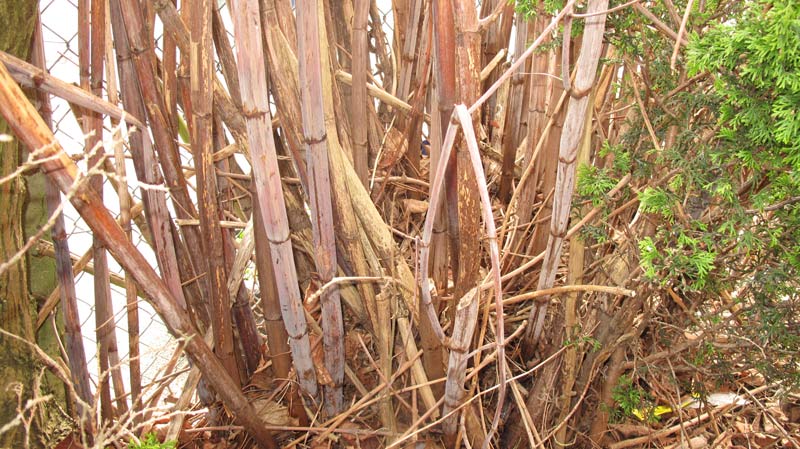Japanese knotweed (Fallopia japonica) is one of the UK’s biggest environmental headaches, causing structural damage and overwhelming native ecosystems. From Japan, Japanese knotweed is a non native species in the UK. Knowing how does Japanese knotweed spread is key for property owners, developers and anyone with Japanese knotweed on their land.
This guide explains the mechanics behind how Japanese knotweed spreads, from its underground rhizome to human activities that help it spread. Whether you have a Japanese knotweed infestation, want to prevent one or stop Japanese Knotweed in its tracks, this article has the information you need to deal with this invasive non native plant.
Introduction to Japanese Knotweed
Japanese knotweed (Fallopia japonica) is a perennial plant that’s native to Japan, Taiwan and northern China. Introduced to the UK as an ornamental garden plant in the Victorian era. What was once a lovely addition to British gardens has become one of the UK’s most unwanted invasive plants.
This highly invasive plant that spreads rapidly via underground rhizomes and small pieces of stem or rhizome taken to new sites and is a problem for property owners across the UK. The plant is incredibly resilient and aggressive and can outcompete native species and cause damage to buildings, roads and drainage systems.
Japanese knotweed grows in dense stands up to 3m tall, pushing out native species. In summer it can grow 10cm a day, that’s why it spreads so fast. People often mistake Japanese knotweed for giant knotweed or hybrid varieties.
What’s so concerning about this plant is how it spreads – through human activity and natural means – that’s why you need to act fast when you see it. The financial impact goes way beyond property damage. Treating established infestations can cost tens of thousands of pounds, so early detection and professional treatment is key for property owners.
Causes of Japanese Knotweed Spread
Rhizome Fragments: The Primary Spread Mechanism
When addressing ‘How does Japanese Knotweed spread?”, the first thing we need detail is that Japanese knotweed spreads mainly through fragments of rhizomes, stems and crowns that get moved around in soil or water. The knotweed rhizome system is the problem – these underground networks can spread 7 metres horizontally from the main plant and 3 metres deep.
What’s scary is how resilient these rhizome fragments are. A 0.7g piece can grow into a new plant if conditions are right. Even smaller fragments 2mm wide can reproduce. Every japanese knotweed shoot you see above ground comes from this underground rhizome network and can establish new plants.
In winter the root system is dormant but come spring it becomes active again. New growth emerges from multiple points along the rhizome network which is why the plant can appear to spread so quickly across a site.
Human Activities and Construction
Construction and development is the main reason for the spread of Japanese knotweed. During construction rhizome fragments can stick to machinery, shoes or tyres and be unintentionally spread to new areas. Japanese knotweed takes advantage of disturbed soil and construction to quickly establish new infestations.
When contaminated soil with knotweed material is moved between sites it can establish new infestations miles away from the original site. This is why Japanese knotweed is classified as controlled waste under the Environmental Protection Act 1990.
Gardening activities including disposal of garden waste and soil movement also contribute to the spread of Japanese knotweed. Many property owners unknowingly transport rhizome fragments when moving soil or disposing of garden materials incorrectly.
Natural Spread Mechanisms
Animals spread Japanese knotweed, they eat the stems and crowns and then deposit fragments through their poo. Water is another mechanism of spread – floods can carry knotweed material downstream, this then establishes new infestations along riverbanks and waterways. Rivers and stream banks allow it to spread rapidly.
The plants resilience is what makes it so hard to control and remove. It can survive burning and regrow from the smallest fragments, so traditional methods of control just don’t work. Only complete removal of the entire underground Japanese knotweed rhizome system will guarantee removal.

Control and Management Methods
Professional Treatment Approaches
The most effective way to deal with Japanese knotweed is through professional treatment, including herbicide application and excavation. We combine targeted chemical treatments with physical removal methods and manage the removal process entirely.
Herbicide treatment will require multiple applications of glyphosate based products over several years and seasons. Each treatment must be timed to coincide with the plant’s growth cycle to get maximum uptake through the leaves and transport to the root system.
Excavation is the most thorough way to treat Japanese knotweed. This involves removing all contaminated soil and root material but requires careful planning to prevent spreading knotweed fragments during the excavation process.
Why DIY Methods Fail
DIY methods like mowing or burning aren’t recommended as it often makes the problem worse. Attempting to mow Japanese knotweed fragments, stems and rhizomes, and creating new infestations.
Many people think burning Japanese knotweed will solve the problem but it often backfires. The plant can survive burning and regrow from its underground rhizomes. Burning may also be illegal in many areas and can damage surrounding vegetation and structures.
Combination of Methods
Dealing with established knotweed infestations often requires a combination of chemical and physical treatment. The most successful treatment programmes combine herbicide application with ongoing monitoring and follow-up treatments.
Working with a professional company is the key to stop Japanese knotweed. Trying to do it yourself will only spread the problem and cost more in the long run.

Environmental Impact
Japanese knotweed can cause significant environmental damage and is a real headache for property owners. The rhizome can push through concrete foundations, damage drainage systems and weaken building structures. It will find any crack in concrete, brick or tarmac and widen it and cause more damage.
Dense thickets outcompete native species and reduce biodiversity in the area. Once established Japanese knotweed growing creates monocultures that crowd out almost all other plant species and fundamentally change the ecosystem.
The impact can be long term so swift action is needed. Established infestations can take years to fully control and during that time the plant will just keep spreading and causing more damage.

Legal Framework
Primary Legislation
The Wildlife and Countryside Act 1981 and Environmental Protection Act 1990 govern Japanese knotweed in the UK law. It’s illegal to plant or allow Japanese knotweed to grow in the wild. If you do not comply, legal implications and fines could be the result.
Landowners can be held liable for damages if the plant spreads to neighbouring land, which often leads to disputes between property owners, resulting in hefty compensation claims. The Wildlife and Countryside Act law makes landowners responsible for preventing Japanese knotweed from spreading beyond their boundaries.
Anti-Social Behaviour, Crime and Policing Act
The Anti-Social Behaviour, Crime and Policing Act 2014 gives local authorities the power to control Japanese knotweed through Community Protection Notices. These allow councils to require property owners to take action against Japanese knotweed on their land.
The Act enables councils to serve Community Protection Notices on landowners to control Japanese knotweed on their property. This gives councils another tool to tackle problem infestations that affect neighbouring properties or public areas.
Not complying with a Community Protection Notice can result in big fines and penalties. The Act gives councils another way to control Japanese knotweed and protect communities from the damage.
Prevention and Education
Education and awareness is the key to stopping the spread of Japanese knotweed. Property owners need to be able recognise the plant throughout the growing season – from the reddish purple shoots in spring to the small creamy white flowers in late summer.
Garden centres and nurseries need to know the risks of selling Japanese knotweed by accident and take steps to prevent its spread. It looks like other garden plants like giant hogweed and russian vine so can be misidentified and propagated by accident.
Know the signs of a Japanese knotweed infestation and act fast when you see them. Early detection and treatment is key to preventing an infestation from taking hold.

Reporting Sightings
If you suspect you have found Japanese knotweed, you should report it to the relevant authorities, such as your local council or the Environment Agency.
Accurate reporting can help track the spread of Japanese knotweed and inform control efforts at both local and national levels. Reporting sightings can also help raise awareness of the issue and promote education and prevention within local communities.
Many local councils maintain their own reporting systems and can provide advice on dealing with Japanese knotweed infestations.
Disposal of Contaminated Material
Japanese knotweed is classified as controlled waste under the Environmental Protection Act 1990, which means it needs special handling and disposal procedures. All knotweed waste must be treated as controlled waste – including soil contaminated with rhizome fragments.
Contaminated material, including soil and plant matter, must be disposed of at a licensed facility. You cannot add Japanese knotweed to your home compost or council green waste collections. Because it’s classified as controlled waste, you can’t use normal household waste disposal methods for Japanese knotweed root system.
Depending on contamination levels, disposal might require incineration facility or specialised landfilling. Improper disposal can create new infestations and lead to potential legal consequences.
Contractor and Developer Responsibilities
Contractors and developers must identify and manage Japanese knotweed on construction sites. This involves carrying out thorough site surveys before work begins and implementing control measures when Japanese knotweed is found.
They need to prevent the spread of the plant by establishing proper control measures and disposing of contaminated material according to regulations. Failure to address Japanese knotweed properly can result in substantial costs and project delays.
Contractors and developers should engage specialist knotweed removal companies for effective control and removal of Japanese knotweed. This requires developing detailed management plans and maintaining regular monitoring throughout the project duration.
Key Questions Answered
How easily does Japanese knotweed spread?
Japanese knotweed spreads extremely easily through rhizome fragments as small as 0.7 grams. The rhizomes can spread up to 7 metres horizontally and 3 metres deep so containment is difficult. Human activity, especially construction and gardening, often helps the spread of Japanese knotweed by moving contaminated soil from one place to another.
What kills Japanese knotweed permanently?
Professional treatment with a combination of systemic herbicides and physical removal is the best way to stop Japanese knotweed. Multiple herbicide applications over several growing seasons are usually required followed by monitoring. Complete excavation and removal of all contaminated soil is the most thorough solution but requires careful handling to prevent further spread.
How did Japanese knotweed get into my garden?
Japanese knotweed probably came in through contaminated soil, construction or bad disposal of garden waste. It may have spread from neighbouring land through the underground rhizome system or been introduced through topsoil you bought with rhizome fragments. Previous construction or landscaping work using contaminated materials is a common source of new infestations.
How deep do you have to dig to get rid of Japanese knotweed?
Complete removal of japanese knotweed requires digging to a depth of at least 3 metres and 7 metres out from visible growth. But professional assessment is needed as rhizome systems can vary greatly. All excavated material must be treated as controlled waste and disposed of at licensed sites to prevent creating new infestations.
The Bottom Line
Japanese knotweed is a highly invasive plant and needs quick and decisive action to stop Japanese knotweed and prevent damage. Understanding how does Japanese knotweed spread through rhizome fragments, human activity and natural dispersal mechanisms is key to effective management.
Property owners, contractors and developers need to work together to prevent the spread of Japanese knotweed and tackle infestations quickly. The legislation around invasive species clearly states landowner responsibilities for preventing Japanese knotweed from spreading to adjacent properties. Most mortgage lenders now require an accredited 5 year invasive plant removal plan for properties with Japanese knotweed.
Education and awareness is key to preventing the spread of Japanese knotweed, regular monitoring and maintenance will stop infestations from taking hold. Professional treatment by qualified specialists is the best chance for successful control and long term management.
By working together and following best practice we can reduce the impact of Japanese knotweed and protect our environment and communities from this persistent invasive weed. It requires swift action, professional expertise and long term commitment to monitoring and management.





